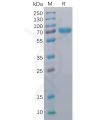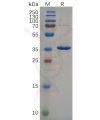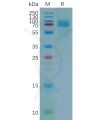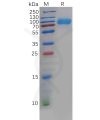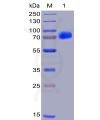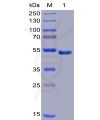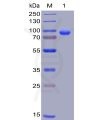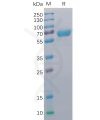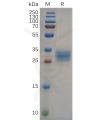| Target | |
|---|---|
| Synonyms | Interleukin-15;IL-15;IL15 |
| Description | Recombinant Human Interleukin-15 is produced by our E.coli expression system and the target gene encoding Asn49-Ser162 is expressed. |
| Delivery | In Stock |
| Uniprot ID | P40933 |
| Expression Host | E.coli |
| Tag | |
| Molecular Characterization | Not available |
| Molecular Weight | 12.5 KDa |
| Purity | Greater than 95% as determined by reducing SDS-PAGE. |
| Formulation & Reconstitution | Lyophilized from a 0.2 μm filtered solution of 20mM PB, 150mM NaCl, pH 7.0. |
| Storage & Shipping | Store at -20°C to -80°C for 12 months in lyophilized form. After reconstitution, if not intended for use within a month, aliquot and store at -80°C (Avoid repeated freezing and thawing). Lyophilized proteins are shipped at ambient temperature. |
| Background | Human Interleukin 15 (IL-15) is a cytokine that regulates T cell and natural killer cell activation and proliferation. IL-15 binds to the alpha subunit of the IL15 receptor (IL-15RA) with high affinity. IL-15 also binds to the beta and gamma chains of the IL-2 receptor, but not the alpha subunit of the IL2 receptor. IL-15 is structurally and functionally related to IL-2. Both cytokines share some subunits of receptors, allowing them to compete for and negatively regulate each other's activity. The number of CD8 memory T cells is controlled by a balance between IL-15 and IL-2. Despite their many overlapping functional properties, IL-2 and IL-15 are, in fact, quite distinct players in the immune system. IL-15 is constitutively expressed by a wide variety of cell types and tissues, including monocytes, macrophages and DCs. Mature Human IL-15 shares 70% amino acid sequence identity with Mouse and Rat IL-15. |
| Usage | Research use only |
| Conjugate | Unconjugated |
Human IL-15 Protein
Price: 50 μg $503.00
Product Data Dima FAQ
Images Dima FAQ
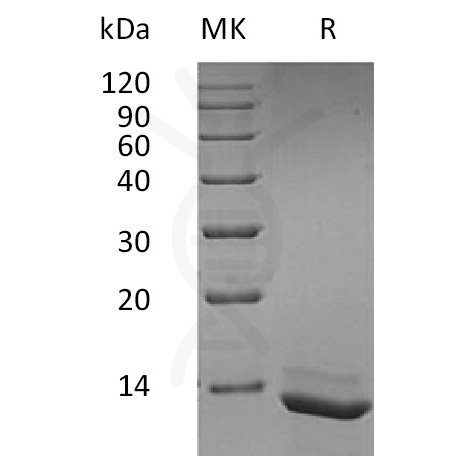
Figure 1. Greater than 95% as determined by reducing SDS-PAGE.
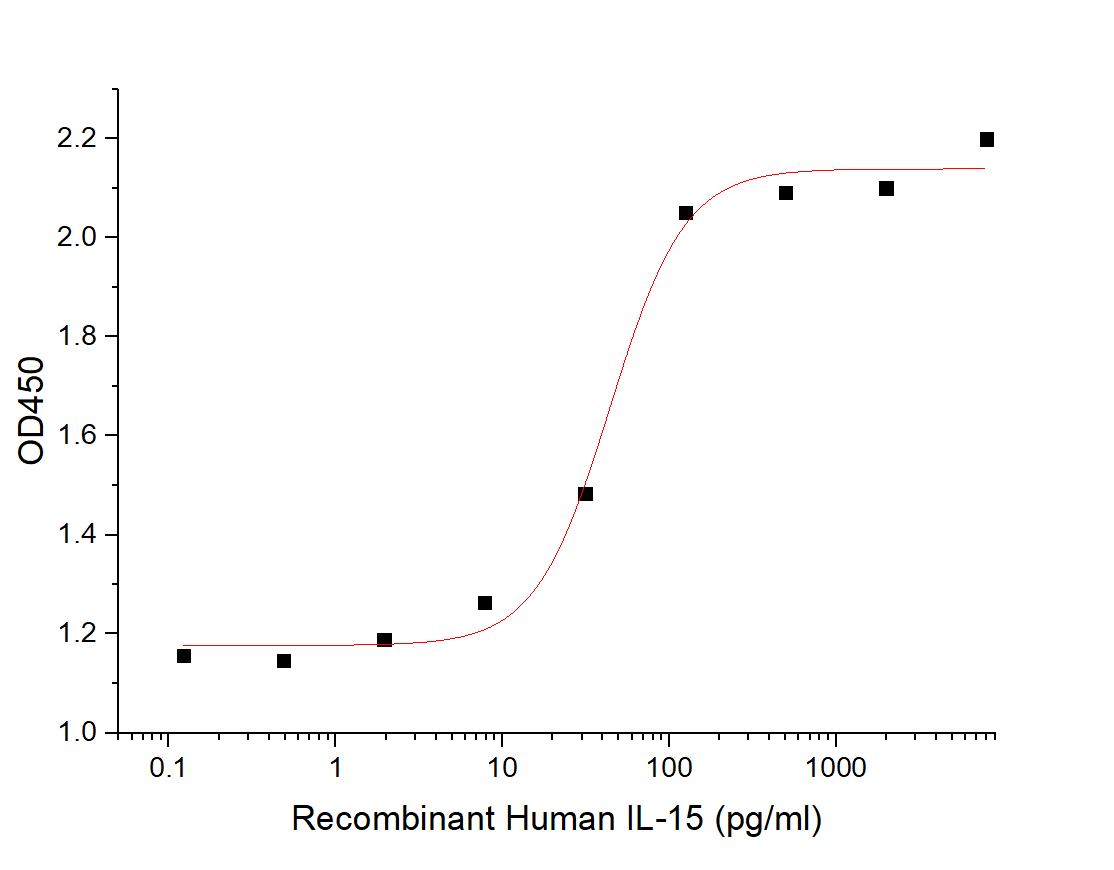
Figure 2. Measured in a cell proliferation assay using CTLL-2 mouse cytotoxic T cells. The ED50 for this effect is 40-200pg/ml.
Related Products
ECD Proteins
SKU: PME100015 Target: CD40
Price: 10μg $82.00; 50μg $320.00 ; 100 μg $480.00
ECD Proteins
SKU: PME100648 Target: NEFL
Price: 10μg $82.00; 50μg $320.00 ; 100 μg $480.00
ECD Proteins
SKU: PME100670 Target: CD166
Price: 10μg $72.00; 50μg $272.00; 100μg $409.00
ECD Proteins
SKU: PME100012 Target: B7-H3
Price: 10μg $82.00; 50μg $320.00 ; 100 μg $480.00
ECD Proteins
SKU: PME100002 Target: CS1
Price: 10μg $82.00; 50μg $320.00 ; 100 μg $480.00
ECD Proteins
SKU: PME100019 Target: GITR
Price: 10μg $78.00; 50μg $310.00 ; 100 μg $460.00
ECD Proteins
SKU: PME100006 Target: CD138
Price: 10μg $82.00; 50μg $320.00 ; 100 μg $480.00
ECD Proteins
SKU: PME100016 Target: CD48
Price: 10μg $91.00; 50μg $348.00 ; 100 μg $522.00
ECD Proteins
SKU: PME100655 Target: FOLR2
Price: 10μg $91.00; 50μg $328.00 ; 100μg $488.00

